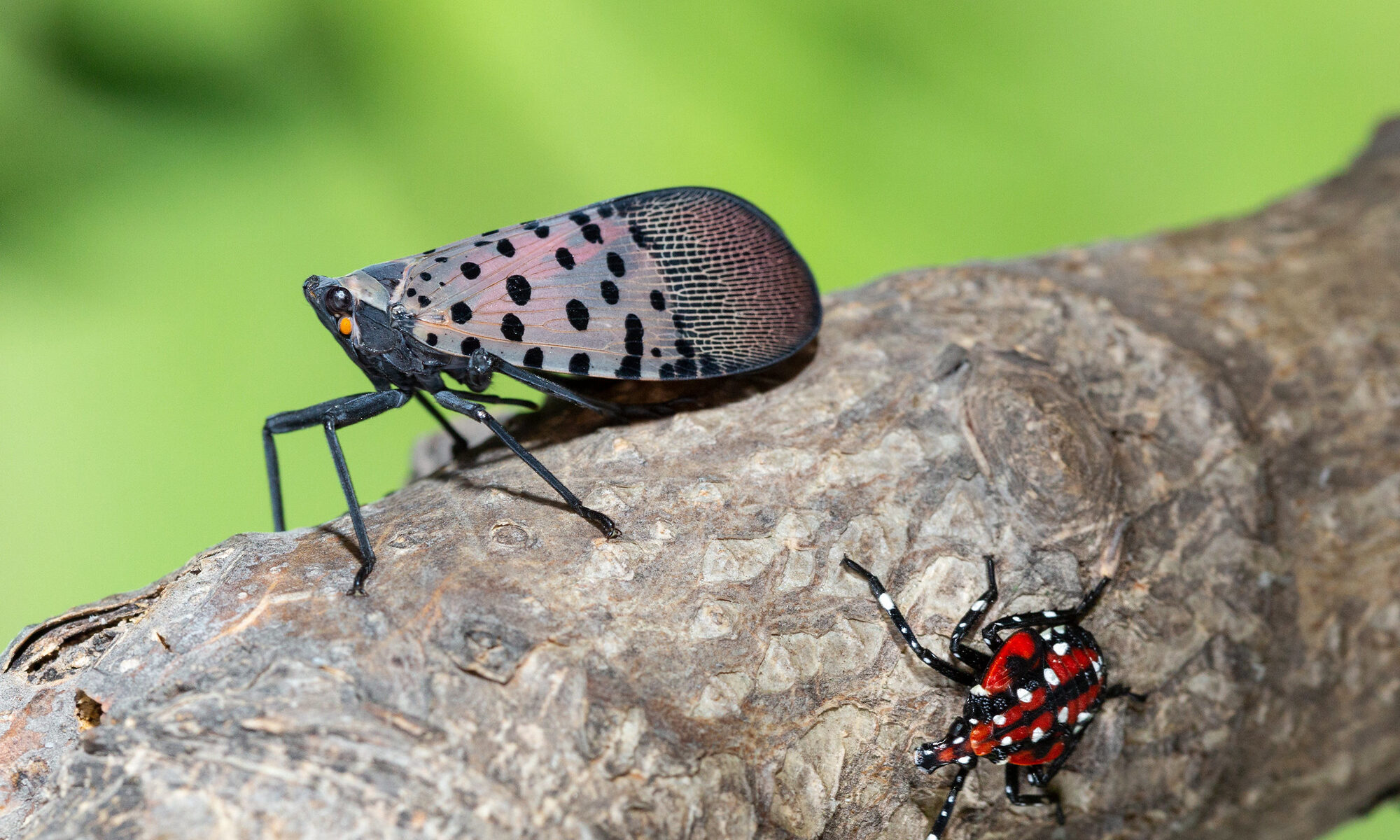
Non-native Insect Is Harmful to a Range of Crops and Natural Resources
NASHVILLE —The Tennessee Department of Agriculture (TDA) has confirmed the detection of spotted lanternfly (SLF) in Davidson County. Tennessee is the 16th state to detect SLF since it was first discovered in Pennsylvania in 2014.
Adults emerge in late summer and early fall and are about one inch long and one-half inch wide with visually striking wings. Its favored host is Tree of Heaven and it shows preference for grape vines and fruit trees. It may also appear in other trees such as black walnut, maple, and yellow-poplar. Infested trees may exhibit wilting, defoliation, dieback, yield loss, and in severe cases, death. SLF adults and nymphs typically gather in large numbers on host plants feeding on nutrients and water. SLF lay eggs on trunks of host plants and other flat surfaces.
If you see SLF or an egg mass, take photos, then complete the form on Protect Tennessee Forests website at www.tn.gov/content/tn/protecttnforests/resources/report-a-pest.html.
Next, stomp the insect and destroy egg masses by smashing or dousing with rubbing alcohol. Check vehicles, boats, or campers to make sure they aren’t carrying any insects or eggs.
The State Entomologist and Plant Certification Section staff are studying SLF samples, carrying out surveillance, and conducting outreach.
For more information see the complete TDA news release or an article by retired University of Tennessee entomologist Frank Hale.